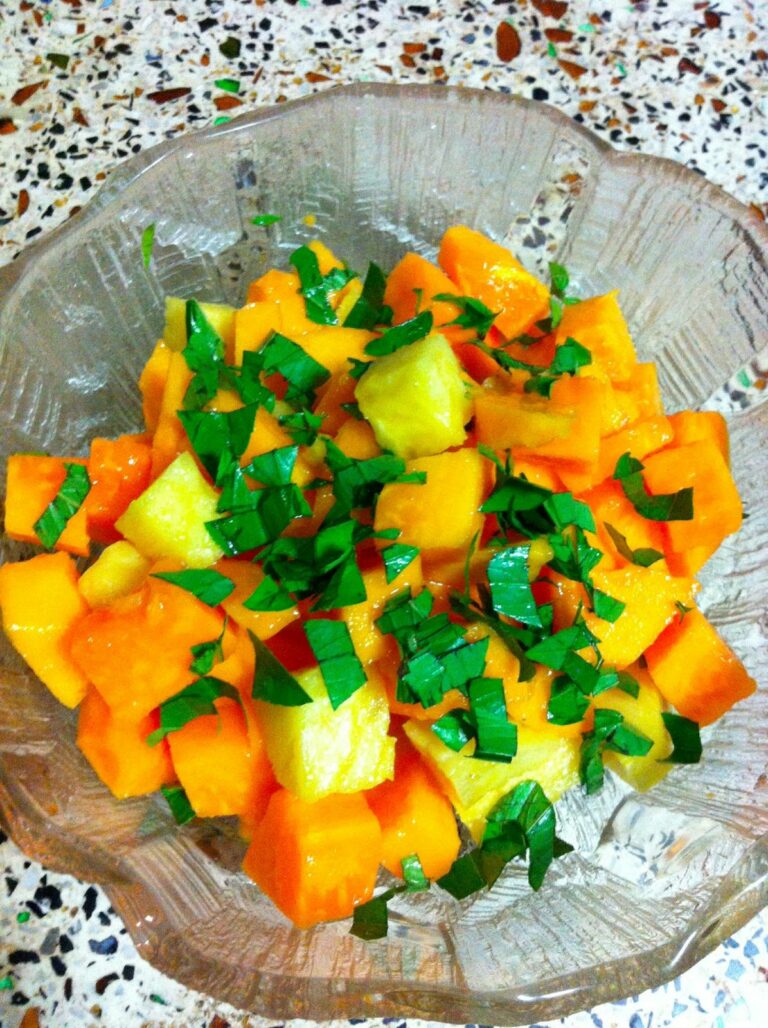Introduction: Marshallese Cuisine
Marshallese cuisine has a rich history and culture that dates back centuries. Located in the Pacific Ocean, the Marshall Islands consist of 29 atolls and 5 islands, each with its own unique cuisine. Marshallese cuisine is predominantly seafood-based, with the most popular dishes being made from fish, shellfish, and seaweed. Coconut is also a common ingredient in many dishes, as it is a staple crop in the region.
Overview of Vegetarian and Vegan Diets
Vegetarian and vegan diets have become increasingly popular in recent years as people seek to reduce their meat consumption and embrace a more plant-based lifestyle. A vegetarian diet excludes meat, fish, and poultry, while a vegan diet excludes all animal products, including dairy and eggs. Both diets require careful consideration to ensure that all the necessary nutrients are being consumed. Protein, iron, and vitamin B12 are some of the nutrients that can be more difficult to obtain on a plant-based diet.
Traditional Marshallese Dishes and Ingredients
Traditional Marshallese dishes are heavily influenced by the region’s geography and climate. The Marshall Islands are situated in the middle of the Pacific Ocean, and as such, seafood is a major component of the cuisine. Dishes like poke, or raw fish salad, and lop, which is made from coconut cream and various seafood, are popular dishes in Marshallese cuisine. Other traditional ingredients include taro, breadfruit, and pandanus, which are used in a variety of dishes.
Vegetarian and Vegan Options in Marshallese Cuisine
While Marshallese cuisine is predominantly seafood-based, there are still vegetarian and vegan options available. One example is the dish called urchin in coconut milk, which is made with coconut cream and sea urchin. This dish can easily be adapted to a vegan diet by using a non-dairy cream substitute. Another option is the breadfruit curry, which is made with a variety of vegetables and spices and can be easily made vegan by omitting any meat or animal products.
Creative Alternatives and Adaptations
To cater to the growing number of people embracing a plant-based diet, some Marshallese restaurants have started offering creative alternatives and adaptations of traditional dishes. For example, a vegan poke bowl can be made by substituting the fish with tofu or tempeh. Another option is to make a seaweed salad without any animal products, which still incorporates the traditional ingredient but in a new way.
Conclusion: Embracing Diversity in Culinary Traditions
While traditional Marshallese cuisine may be predominantly seafood-based, there are still ways to incorporate vegetarian and vegan options. As people around the world embrace plant-based diets, it is important for culinary traditions to adapt and evolve to cater to all dietary needs. By embracing diversity in our culinary traditions, we can ensure that everyone can enjoy the rich cultural heritage of Marshallese cuisine while also respecting their dietary choices.

